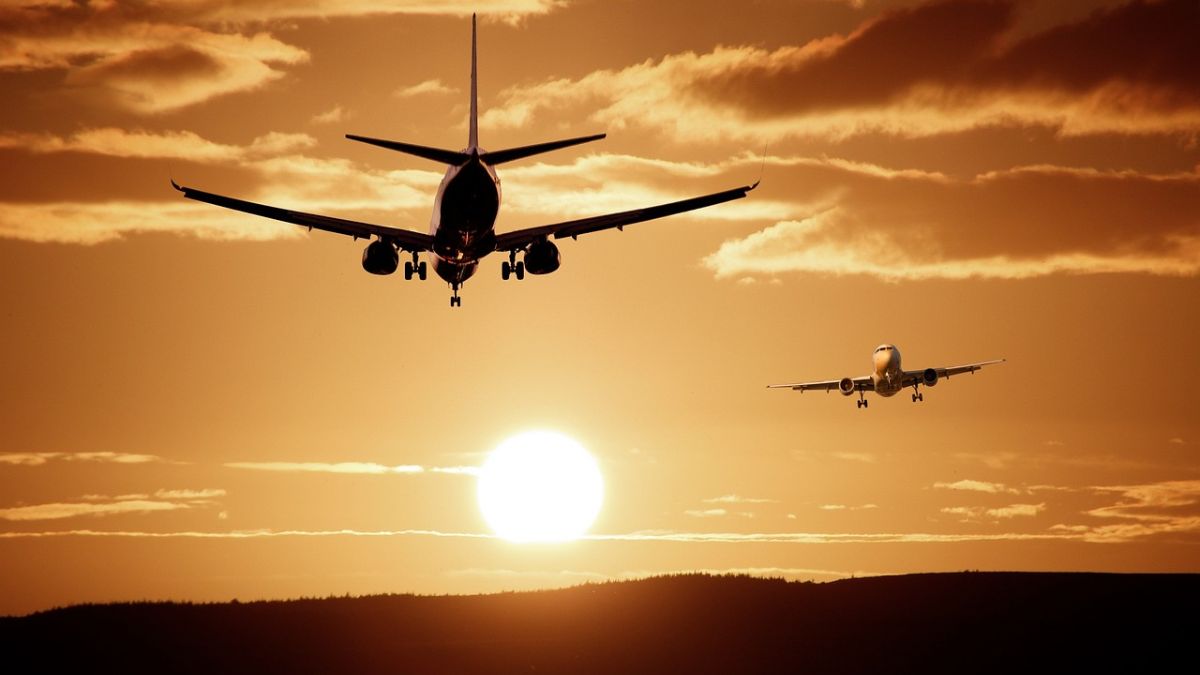Several international airlines have cancelled flights to and from Bali, Indonesia, following continued eruptions from Mount Lewotobi Laki-laki, which has spewed ash clouds as high as 10 kilometres (32,808 feet) and forced thousands to evacuate nearby areas. The cancellations, aimed at ensuring passenger safety, have disrupted travel plans for many tourists heading to Bali, Indonesia’s top tourist destination and a favoured spot for Australian visitors.
Safety Concerns Prompt Flight Cancellations
Airlines including Jetstar and Qantas announced on Wednesday that they would halt flights to Bali due to the ongoing volcanic ash fallout. Flightradar24, a plane tracking website, also confirmed cancellations by AirAsia and Virgin, highlighting the widespread impact of the volcanic activity on regional air travel. The ash clouds from Mount Lewotobi pose serious risks to aircraft engines and visibility, making safe passage through affected areas challenging.
Volcanic Activity and Widespread Impact
The first eruption of Mount Lewotobi Laki-laki occurred on November 3 in the East Nusa Tenggara province, about 800 kilometres (497 miles) from Bali, tragically resulting in at least nine fatalities. The volcano has since erupted multiple times, including several eruptions on Tuesday. As a result, flights in and out of Bali’s Ngurah Rai airport have been frequently disrupted, with 80 flights cancelled between November 4 and November 12, according to Ahmad Syaugi Shahab, the airport’s general manager. Cancellations have impacted flights from destinations including Singapore, Hong Kong, and several Australian cities.
Disruption to Tourism in Bali
Bali, renowned for its beaches, cultural attractions, and warm hospitality, is Indonesia’s most popular tourist destination, drawing millions of international tourists each year. The ongoing travel disruptions have affected many of these travellers, particularly those from Australia, who make up a large portion of Bali’s tourist demographic. The ash clouds and potential further eruptions raise uncertainties for Bali’s tourism industry, which relies heavily on steady international flights.
Indonesia’s Volcanic Landscape and Ring of Fire
Indonesia, home to nearly 130 active volcanoes, sits along the Pacific “Ring of Fire,” an area known for its high seismic and volcanic activity due to tectonic plate movements. The ash column from Mount Lewotobi Laki-laki has reached impressive heights, blanketing surrounding areas in sand and ash fall. The Ring of Fire’s volcanic activity remains a regular aspect of life in Indonesia, yet the severe eruptions continue to pose challenges to safety and infrastructure.
Future Outlook and Safety Measures
Indonesian authorities continue to monitor Mount Lewotobi’s activity, working to ensure the safety of residents and travellers. Evacuations in high-risk areas are underway, and airlines are closely coordinating with authorities to make informed decisions on flight routes and schedules. As volcanic activity continues, travellers to Bali are advised to monitor airline updates and remain informed about safety protocols in place for future flights.





